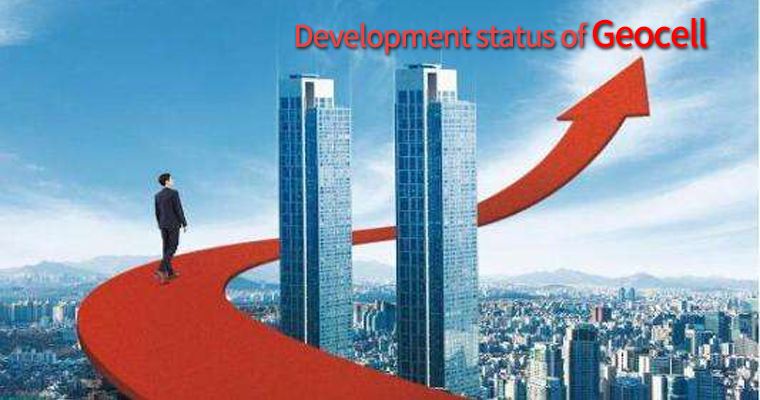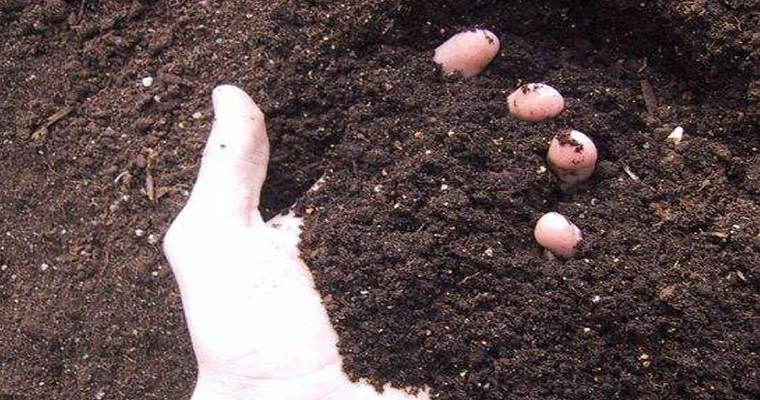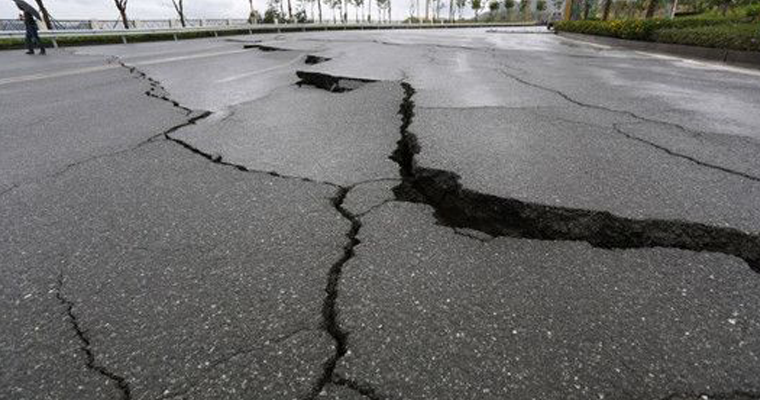
Since the 1970s, the chemical industry has developed rapidly, and polymer geosynthetics have gradually emerged, and they have been successfully applied in engineering construction, which proves that their structure is reasonable and the material strength is feasible. In the mid-to-late 1980s, Prasted Corporation of the United States applied this technology to make it a commodity, and then carried out a large number of engineering tests in soft foundation engineering slope protection, desert roads, ship ports, airport construction, and harbor construction. This product was used to build temporary roads in the desert during Operation Desert Storm in 1990 to buy time for the victory of the war. After more than ten years, Prasted has cooperated with many construction research institutes and design institutes in Canada and Europe, and its products have been recognized by the European and American engineering circles. Now it has formed a brand-scale production. British Railway Engineering lists this product as a designated product of railway engineering substances. In recent years, Japan has conducted demonstration engineering tests in railway projects and other projects. The use of this material for engineering applications in Southeast Asia is becoming increasingly active. At present, this kind of material used in the international geotechnical engineering community is a new type of geosynthetic material that has rapidly emerged after geotextile and plane grid.

In engineering construction, fills or soft foundations are often encountered. In order to improve the engineering properties of these soils, compaction methods are often used to make the soil compact. This is often an economical and reasonable method to improve the engineering properties of the soil. The densification of soil mentioned here refers to the use of artificial or mechanical means to apply mechanical energy to the soil to rearrange and compact the soil particles, so that the soil can obtain new structural strength in a short time, including strengthening the coarse-grained soil. The friction and occlusion, as well as increase the molecular attraction between the fine-grained soil.

The settlement of the basic body of the fill road is composed of two parts: 1) The total settlement of each layer of the fill during the load application period. This part of the settlement is completed when the load is applied during the construction period, which is generally referred to as the settlement during the construction period; 2) Filling The total settlement caused by the creep of the soil load and the pavement load over a long period of time, that is, the post-construction settlement. This part of the settlement occurs gradually within the time period after the load is applied, and the creep does not start after the completion of the road.